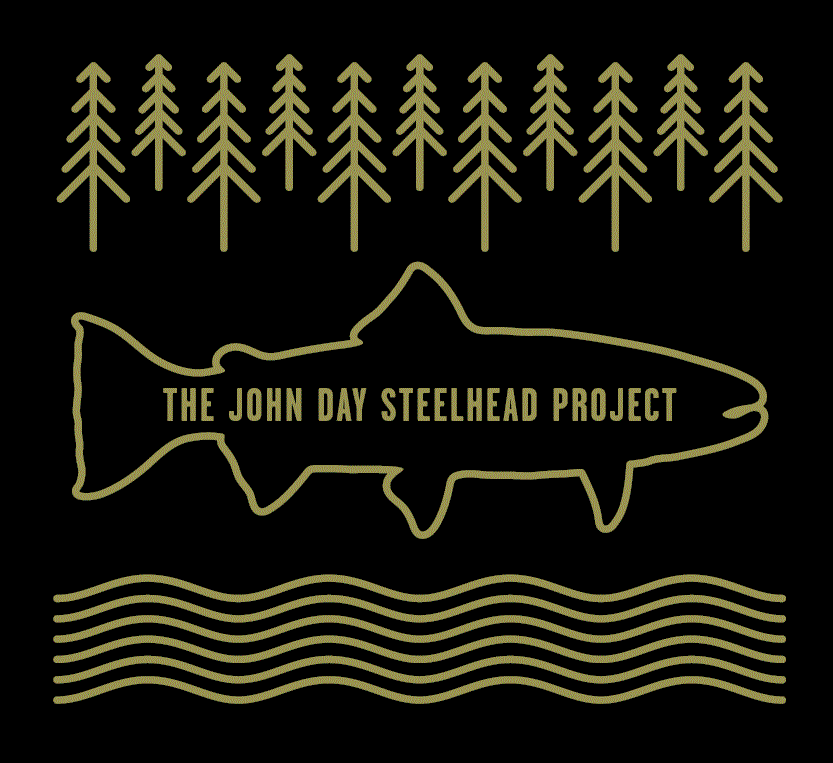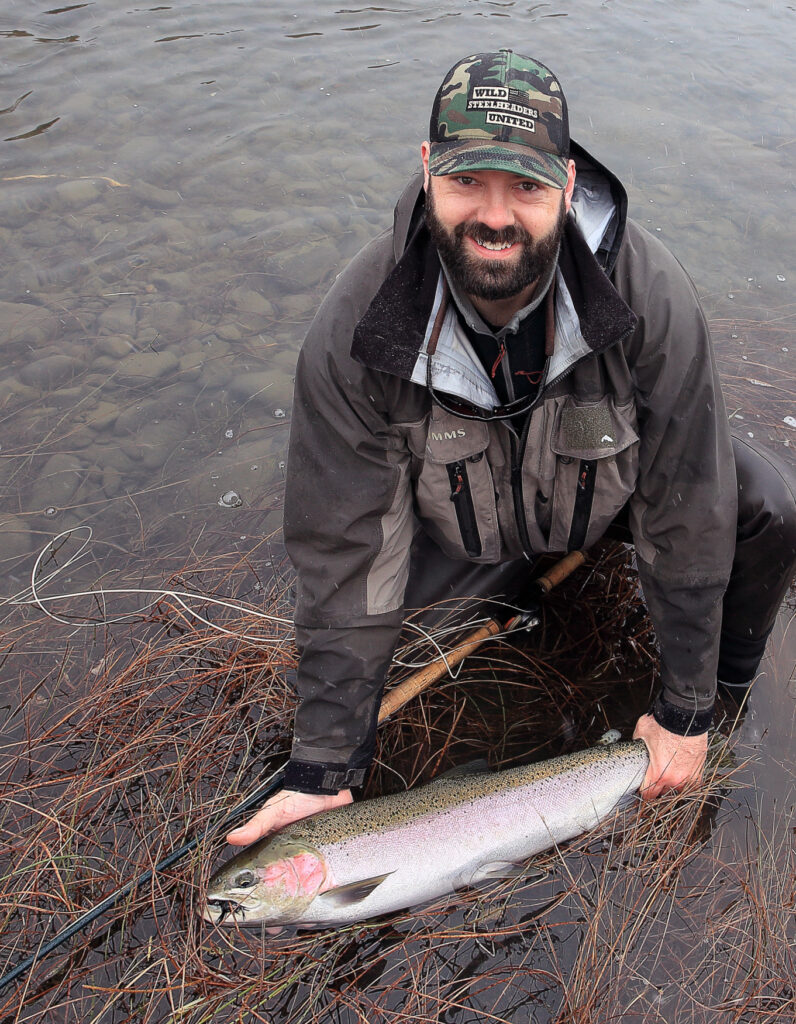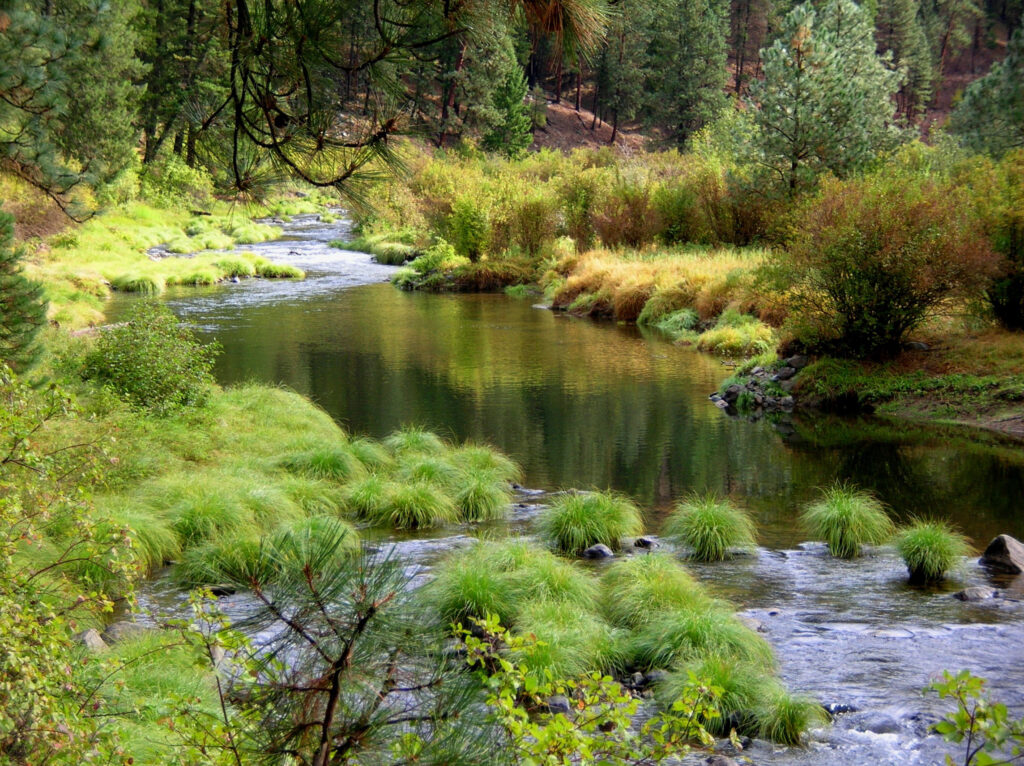
This week, Wild Steelheaders United is excited to launch the John Day Steelhead Project, raising funds for a joint research project being conducted by Oregon Department of Fish and Wildlife, Oregon State University, Oregon Watershed Enhancement Board, and other partners, to monitor the impact of Columbia River dams on the migration patterns of John Day steelhead.
Click over to our crowdfunding page and read more below on the research we’re hoping to help fund and why this work is critical for the future of one of Oregon’s most beloved steelhead populations. Donors to the project will adopt a John Day steelhead and receive information from the field on your fish’s migration up the Columbia and John Day . We’ve also sweetened the deal with limited edition John Day Steelhead Project t-shirts, custom tied flies, and a chance to win a spot at Wild Steelheaders United’s next staff retreat on the Olympic Peninsula. Special thanks to our buddy Ed Hepp for our limited edition t-shirt design and for generally being an excellent human.
Learn more on the crowdfunding page and if you haven’t already, sign our Credo to receive more updates on this and other Wild Steelheaders United projects and campaigns.

The John Day River supports the most robust population of wild steelhead in the Columbia River basin. Despite its relative health, preliminary data suggests about 60% of the adults each year migrate past the mouth of the John Day River and go upstream past McNary Dam (74 miles upstream).
Some fish are traveling over a hundred miles and passing dams on the Snake River. Those fish must then swim back downstream and pass-over the dams again. The travel distance, stress and other potential factors could be reducing the reproductive fitness of adults that over-shoot the mouth of the John Day and migrate upstream past dams.
This study will implant adult steelhead at Bonneville with acoustic tags that can track the movements of adult steelhead and get a rigorous estimate of how many steelhead are passing by the John Day, how many return back to spawn in the John Day, and whether or not those fish reach the spawning grounds. This information will allow managers to determine the extent of the problem and then they will try to devise solutions.

Questions to be answered:
1. What proportion of steelhead continue migrating upstream past McNary and other dams?
2. How long do those steelhead remain up there?
3. What proportion fall back downstream and return to the John Day?
4. What proportion of those fish ultimately reach the spawning grounds?
Implications: Answers to these questions will provide information that is critical to managing wild steelhead in the John Day and will help managers determine what actions need to be taken to remedy the behavior and improve resilience of the population.
To learn more about this project, contact Oregon Field Coordinator Kyle Smith at kyle.smith@tu.org.

